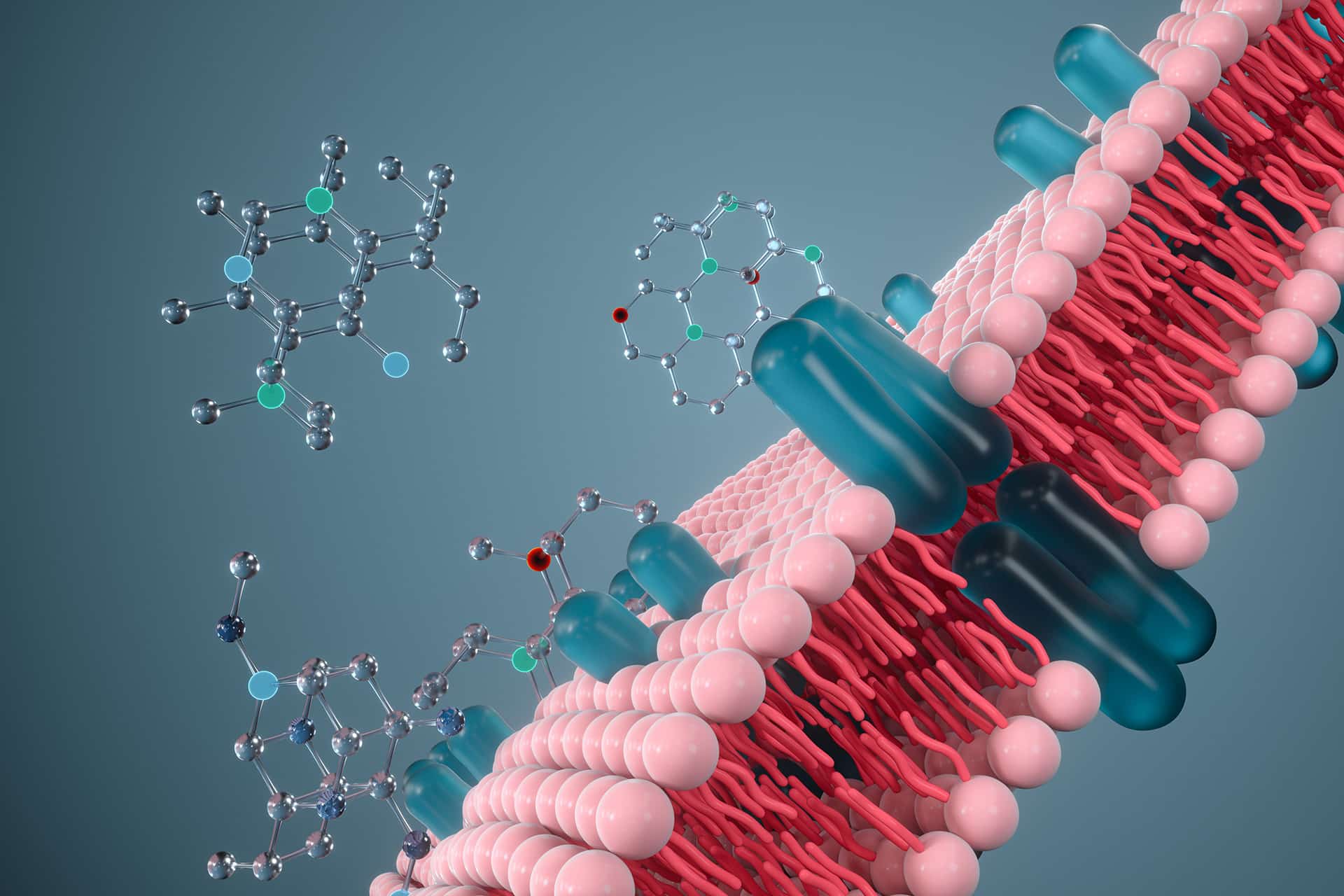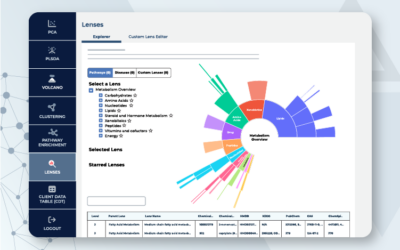The study of complex lipids is critical to gaining insight across a variety of biological processes. From the structure of biological membranes to signaling lipids, to energy storage, the identification and quantification of complex lipids reveal key understandings of the physiology and mechanisms underlying metabolic diseases.
The Basics of Complex Lipid Structure
Complex lipids are extraordinarily diverse with thousands of unique species. Complex lipids have a modular structure, consisting of lipid classes consisting of a head group, which defines the class, and one or more fatty acid moieties. Together, a matrix is constructed with lipid classes forming the columns and fatty acids forming the rows. Concentration can then be calculated by the sum of each row for fatty acids and the sum of each column for lipid classes.
Challenges and Essentials for Lipidomics
Given the diversity in lipid structure, lipidomics faces several challenges. Due to a large number of isomers, exact mass is not sufficient to identify lipids. Moreover, many isomers are not readily separated by chromatography and many standards are not commercially available. The matrix structure of complex lipids presents three essentials for accurate lipidomic profiling that come with their own challenges:
- Specificity—The lipidomic profiling method must accurately identify the fatty acid constituent of the lipid. Many methods fail to resolve fatty acid composition, and non-specific methods do not allow mapping of lipid species to the matrix.
- Quantitation—The lipidomic profiling method must provide accurate summing of rows and columns. In other words, the molar concentration of each lipid species is required. Quantitation using relative methods does not provide accurate measures for lipid class or fatty acids.
- Coverage—The lipidomic profiling method must provide broad coverage. A partially completed matrix will not provide an accurate representation of the contribution of a lipid class or fatty acid.
Metabolon’s Complex Lipids Targeted Panel
Metabolon’s solution for these challenges is the Complex Lipids Targeted Panel. Developed in partnership with scientists from SCIEX, the panel consists of several analytical steps designed for confident and accurate identification and quantitation of hundreds of lipids.
The Complex Lipids Targeted Panel begins by adding proprietary internal standard mixure designed to allow for differing extraction and ionization efficiencies to the sample before lipid extraction. The panel is capable of delivering quantitative values. Next, the lipid-containing solution is infused into the ionization source of a QTRAP 5500 mass spectrometer. After ionization, the lipids are passed through SelexION differential mobility separation (DMS). Since SelexION separates lipids by class through the selective passage of specific lipid classes, this minimizes isobaric overlaps. Following DMS, lipids enter multiple reaction monitoring (MRM) where the impact mass of the lipid and the mass of the characteristic fragments are measured, allowing for the identification of fatty acid side chains. Finally, quantitation occurs using more than 50 isotopically labeled internal standards, permitting accurate quantitation across and within lipid classes. Intensity data are collected and calculated to obtain a molar concentration of each lipid.
The Complex Lipids Targeted Panel not only meets key lipidomic challenges, but is also high throughput, providing broad coverage of over 1,100 typical mammalian lipids. At least 800 of these species are detected in human plasma, achieved without sacrificing speed (total runtime: 16 min/sample).
Ready to see what new insights the Complex Lipids Targeted Panel can help your research reveal?





